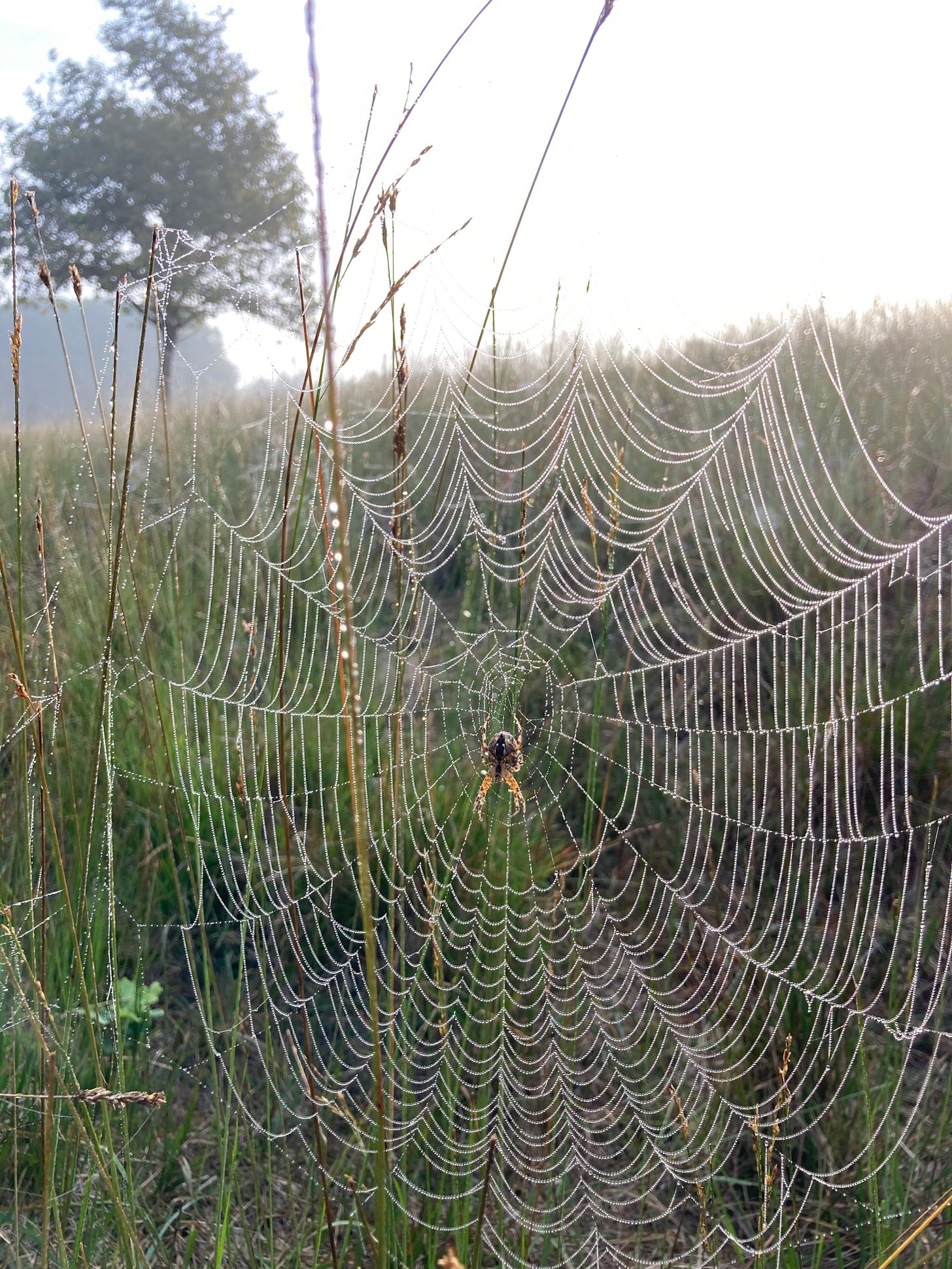Sourcing the community curriculum
Designing a programme of events for your community starts with questions about what its’ members need. These are questions addressing:
a) what’s on the minds of your members? What are they struggling with?
b) what relevant experience is out their, and who could share that with your members?
To answer these questions, you’ll need to tap into a variety of data sources and keep tabs on changes on the landscape.
This post breaks down some approaches you can use to collect relevant insight on and for your members on a recurring basis. The idea being that if you run such inquiry systematically it turns into a Community Resource Management system. A system that registers human relations, their questions, challenges, wins and the stories that enveloppe their context.
Hunting & Gathering
Hunting is a commonly used approach. It’s the first that comes to mind. We search for topics by connecting with members in the community about their experience. Go beyond just the survey. Use the responses as leads to talk directly to people with interesting questions or suggestions. Follow trails of referrals and track down compelling topics. Perform such check-ins on a regular basis.
Gathering is an approach less used, but no less effective. Look for content that has been put out into the world. Browse a forum or an organisation’s intranet page. Start contributing to the discussion. Filter out interesting thoughts and questions. Discussion threads are treasure troves for pinning down content for your community.
If no such resource exists yet for your domain, then start making one. Highlight people or topics. Create an inbound flow. Show what progress has been made and turn that into the context to the interesting questions that await. This is sure to get people to respond. They’ll either answer your questions or emphasise their relevance. Plant a flag and start gathering.
Mining
Before you can mine, your need to first dig the mine. This takes considerable investment. But once set, the gems flow indefinitely.
A great starting point is internal communications with your team. Emails and meeting notes where facets of the community are discussed and decisions have been made are excellent sources for thinking about what’s next. If you use project management tools like Notion or Discourse to organise such long-form internal communications then the mine becomes deeper and easier to navigate (they’re also excellent for effortlessly turning internal communications into inbound content used for “gathering” as described earlier).
It’s also worth figuring out if you can build up a record of your members’ history. Check-in reports, management reports if you’re working with entrepreneurs, notes from conversations with curators or mentors, coaching notes etc. Anything that provides an account of what members have been through and what they are currently facing.
Things like to-do lists are great to look into for a more current account: what are your members’ priorities? What has been done? What are the lessons? Again here, project management tools like Trello or Monday.com, which capture work lists, are great resources. They provide instant visibility and search-ability. It takes a bit of effort to add to the routine. But once they’re running they’ll make your programme dramatically more responsive to your members. Benefitting both their work and yours.
Lastly, consider ways of capturing what happened and was said during events. A lot of the times we just forget and aside from a couple of event pictures, the actual flow on discussion and learning at events is lost. Start by building an archive of presentations. Register questions that were asked and by whom. Find out who was present (tag pictures!) during a certain break-out conversation. Take pictures and log relevant artefacts and notes that were made during workshops. Even if information may be inconclusive, it’s a great starting point for inquiry.
Pinging
The information sources mentioned above should provide sufficient insight to start compiling events and workshops for the programme. You should be able to define clear briefs that stipulate goals for gatherings and inputs needed that provide relevance to your members.
Yet, despite that you’re more informed to make design decisions, they are only hypotheses. And these hypotheses need to be tested.
It’s easy to forget that your events are valuable moments to collect feedback. To check whether your designs are sorting the right effect. Are you attracting the people you thought? Are you covering the right topics? Do they feel they got what they needed?
So, instead of the event being the final product of your work, consider events as experiments that send out pings to your community. As final loop of your data gathering cycle. To test whether you’re on the right track with the programme. Collect feedback, analyse it, and loop that insight back into your programme design.
Putting it all together
When you tie all these data sources together, you’ll have a system that is able to track and anticipate what community members need. It helps the programme become more responsive. At the same time it saves effort to organise meaningful gatherings and exchange for the community. No longer will you suffer heavy random bursts of information gathering nor desperate hoping that a big-name (and price tag) expert will save you from your lack of informedness.
Instead, Community Resource Management provides a steady flow of updates and insight. It’s a web that captures feed for your community. A source that is exciting to go through. Foundational for maintaining a sustainable community.





